Home>Renovation & DIY>Home Renovation Guides>How To Support Floor Joists In A Crawl Space
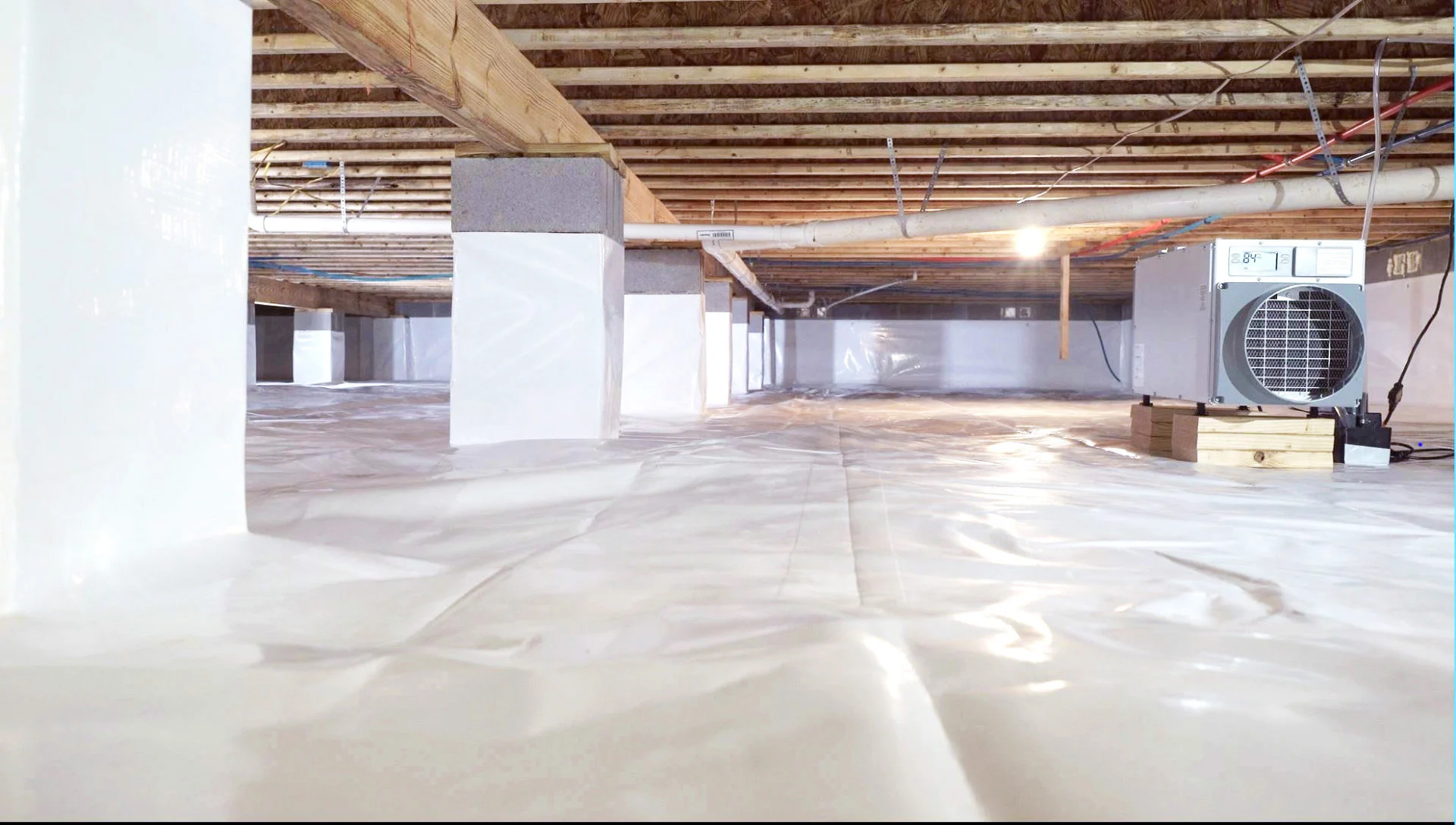

Home Renovation Guides
How To Support Floor Joists In A Crawl Space
Modified: August 31, 2024
Learn how to properly support floor joists in a crawl space with our comprehensive home renovation guide. Ensure the structural integrity of your home with expert tips and advice. Ideal for DIY enthusiasts and homeowners.
(Many of the links in this article redirect to a specific reviewed product. Your purchase of these products through affiliate links helps to generate commission for Storables.com, at no extra cost. Learn more)
Introduction
Supporting floor joists in a crawl space is a crucial aspect of home renovation and maintenance. The floor joists play a pivotal role in providing structural support to the flooring above, ensuring the stability and safety of the entire structure. Over time, various factors such as moisture, age, and inadequate support can compromise the integrity of floor joists, leading to sagging floors, uneven surfaces, and potential safety hazards. Therefore, understanding how to effectively support floor joists in a crawl space is essential for homeowners and renovators alike.
In this comprehensive guide, we will delve into the intricacies of floor joist support, covering everything from assessing the condition of the joists to choosing the right support method and executing the installation process. By gaining insights into these fundamental aspects, homeowners can ensure the longevity and stability of their homes, while also creating a safe and comfortable living environment for their families.
Throughout this guide, we will explore the importance of supporting floor joists, the signs of compromised joists, and the various methods for providing the necessary support. Whether you are embarking on a renovation project or seeking to address existing structural issues, this guide will equip you with the knowledge and understanding needed to make informed decisions and take proactive measures to support floor joists effectively.
As we navigate through the intricacies of floor joist support, it is important to recognize the significance of this undertaking in preserving the structural integrity of a home. By proactively addressing floor joist support, homeowners can mitigate potential issues, enhance the overall safety of their living spaces, and contribute to the long-term durability of their properties. With this in mind, let's embark on a journey to explore the world of floor joist support and equip ourselves with the knowledge and skills necessary to ensure the stability and safety of our homes.
Key Takeaways:
- Supporting floor joists in a crawl space is crucial for a stable and safe home. Assessing joist condition and choosing the right support method are key steps to ensure long-term durability and safety.
- Installing temporary shoring and permanent support beams are essential for immediate and enduring reinforcement. Proactive measures can mitigate risks and create a secure living environment for years to come.
Read more: How To Replace Joists In Crawl Space
Understanding the Importance of Supporting Floor Joists
Supporting floor joists in a crawl space is a fundamental aspect of maintaining the structural integrity and safety of a home. Floor joists serve as the primary framework for the flooring above, bearing the weight of furniture, appliances, and the occupants themselves. Without adequate support, floor joists can succumb to excessive strain, leading to sagging floors, uneven surfaces, and potential safety hazards. Therefore, understanding the importance of providing robust support for floor joists is paramount for homeowners and renovators.
The significance of supporting floor joists becomes evident when considering the overall stability and safety of a home. Properly supported floor joists ensure that the flooring above remains level and secure, preventing issues such as creaking, bouncing, or noticeable dips in the floor. Moreover, well-supported floor joists contribute to the longevity of a home's structure, minimizing the risk of structural damage and the need for extensive repairs in the future.
In addition to maintaining the structural integrity of a home, supporting floor joists also plays a crucial role in preserving the safety and comfort of its occupants. When floor joists are inadequately supported, they may exhibit signs of stress, such as visible sagging or unevenness in the flooring. These issues not only detract from the aesthetic appeal of the home but also pose potential tripping hazards and discomfort for those living within the space.
Furthermore, neglecting to support floor joists can lead to a range of secondary problems, including damage to walls, ceilings, and other structural components. As the floor joists weaken and lose their structural integrity, the effects can ripple throughout the home, impacting the overall stability and safety of the structure.
By understanding the critical role that floor joists play in the overall framework of a home, homeowners and renovators can appreciate the importance of providing adequate support. This awareness empowers individuals to take proactive measures to assess the condition of their floor joists and implement the necessary support methods to ensure the long-term stability and safety of their homes.
Assessing the Condition of the Floor Joists
Assessing the condition of the floor joists is a critical step in the process of providing adequate support for a home's flooring structure. This evaluation involves a thorough inspection to identify any signs of damage, deterioration, or structural compromise that may affect the stability and safety of the floor joists.
To begin the assessment, it is essential to access the crawl space beneath the home, where the floor joists are typically located. Upon entering the crawl space, it is important to bring adequate lighting and protective gear, as the environment may be dimly lit and contain potential hazards such as debris or exposed wiring.
Once inside the crawl space, the focus shifts to examining the floor joists for visible indicators of damage or wear. Common signs of compromised floor joists include sagging or uneven flooring above, visible cracks or splits in the joists, and signs of moisture damage such as rot or mold growth. Additionally, any signs of pest infestation, such as termite tunnels or rodent droppings, should be noted, as these can significantly weaken the structural integrity of the joists.
In addition to visual inspection, it is important to physically assess the condition of the floor joists by gently applying pressure to various points along their length. This can help identify areas of weakness or excessive flexibility, indicating potential structural issues that require attention.
Furthermore, it is crucial to evaluate the overall levelness and stability of the flooring above the crawl space. Any noticeable dips, slopes, or creaking sounds when walking across the floor may indicate underlying issues with the floor joists that warrant further investigation.
In some cases, it may be necessary to enlist the expertise of a professional structural engineer or home inspector to conduct a comprehensive assessment of the floor joists. These professionals possess the knowledge and experience to identify subtle signs of structural compromise and provide valuable insights into the most effective support solutions.
By thoroughly assessing the condition of the floor joists, homeowners and renovators can gain a clear understanding of the support needs and potential challenges associated with providing adequate structural reinforcement. This knowledge serves as a crucial foundation for determining the most suitable support methods and ensuring the long-term stability and safety of the home's flooring structure.
Choosing the Right Support Method
When it comes to supporting floor joists in a crawl space, selecting the appropriate support method is a pivotal decision that directly impacts the stability and safety of a home's flooring structure. The choice of support method is influenced by various factors, including the condition of the floor joists, the layout of the crawl space, and the specific support needs of the home. By understanding the available support methods and their respective advantages, homeowners and renovators can make informed decisions to ensure the effective reinforcement of floor joists.
One of the primary considerations when choosing a support method is the extent of structural reinforcement required. For homes with minor floor joist issues, adjustable steel support columns, also known as teleposts or lally columns, may offer a practical solution. These columns can be adjusted to provide precise support, effectively addressing minor sagging or unevenness in the flooring above. Additionally, steel support beams, such as I-beams or W-beams, can be strategically installed to bolster the existing floor joists, providing robust reinforcement for areas experiencing significant structural strain.
In cases where floor joists exhibit signs of deterioration or damage, such as rot or pest infestation, it may be necessary to consider more extensive support methods. Sistering the existing floor joists with new lumber is a common approach to reinforcing compromised joists. This method involves attaching new joists alongside the existing ones, effectively increasing the load-bearing capacity and restoring the structural integrity of the flooring system. Furthermore, engineered wood or steel support beams can be installed beneath the floor joists to provide comprehensive reinforcement, particularly in areas where the joists have experienced substantial degradation.
The layout and accessibility of the crawl space also play a crucial role in determining the most suitable support method. For crawl spaces with limited vertical clearance, adjustable steel support columns may offer a practical solution, as they can be adjusted to accommodate varying ceiling heights. Conversely, homes with ample crawl space clearance may benefit from the installation of permanent support beams, which can be positioned to provide consistent and enduring reinforcement for the floor joists.
In addition to considering the specific support needs of the home, it is essential to evaluate the long-term durability and maintenance requirements of the chosen support method. Opting for high-quality materials and professional installation can ensure the longevity and effectiveness of the support system, minimizing the need for future interventions and preserving the stability of the floor joists over time.
By carefully assessing the condition of the floor joists and considering the aforementioned factors, homeowners and renovators can make informed decisions when choosing the right support method. This proactive approach not only addresses existing structural issues but also contributes to the long-term stability and safety of the home's flooring structure, providing peace of mind for occupants and enhancing the overall quality of the living space.
Consider adding additional support to floor joists in a crawl space by installing adjustable steel support columns or wooden support beams. These can help distribute the weight and prevent sagging or damage to the floor above.
Installing Temporary Shoring
Installing temporary shoring is a crucial step in providing immediate support to compromised floor joists while preparations are made for permanent reinforcement. Temporary shoring serves as a proactive measure to prevent further structural damage and ensure the safety and stability of the home's flooring structure during the support installation process.
The process of installing temporary shoring begins with a thorough assessment of the areas where floor joists exhibit signs of sagging, excessive deflection, or structural compromise. Once these areas have been identified, temporary support columns, commonly constructed of adjustable steel or heavy-duty lumber, are strategically positioned beneath the affected floor joists. These support columns are adjusted to provide direct vertical support, effectively redistributing the load and minimizing the strain on the compromised joists.
The installation of temporary shoring requires careful consideration of load-bearing capacities and precise placement to ensure uniform support across the affected areas. Additionally, temporary shoring serves as a safety precaution, particularly in situations where the compromised floor joists pose an immediate risk of structural failure or safety hazards.
Furthermore, temporary shoring provides the necessary stability to facilitate the subsequent installation of permanent support beams or reinforcement methods. By temporarily alleviating the load on the compromised floor joists, homeowners and renovators can proceed with the necessary preparations for long-term structural reinforcement, such as securing professional support for the installation of permanent support beams or engaging in the process of sistering the existing joists with new lumber.
In essence, the installation of temporary shoring is a proactive and essential measure to address immediate structural concerns and ensure the safety and stability of the home's flooring structure. By providing temporary support to compromised floor joists, homeowners and renovators can effectively mitigate the risk of further damage and create a secure environment for subsequent support installation, ultimately contributing to the long-term durability and safety of the home.
Read more: How To Remove Mold From Crawl Space Joists
Installing Permanent Support Beams
Installing permanent support beams is a pivotal phase in reinforcing the structural integrity of floor joists within a crawl space. This process involves the strategic placement of robust support beams to provide enduring reinforcement, effectively addressing structural issues and ensuring the long-term stability and safety of the home's flooring structure.
The installation of permanent support beams begins with meticulous planning and preparation, taking into account the specific support needs identified during the assessment of the floor joists. Prior to installation, it is essential to select high-quality support beams constructed from durable materials such as steel or engineered wood. These materials offer exceptional load-bearing capacity and resilience, ensuring the effectiveness and longevity of the support system.
Once the appropriate support beams have been selected, the installation process commences with the careful positioning of the beams beneath the compromised floor joists. This requires precise measurements and alignment to ensure uniform support across the entire flooring structure. Professional expertise and specialized equipment may be employed to facilitate the accurate placement of the support beams, particularly in crawl spaces with limited accessibility.
In situations where floor joists exhibit significant sagging or deflection, the support beams are strategically positioned to provide direct vertical support, effectively redistributing the load and minimizing strain on the compromised joists. Additionally, the support beams are securely anchored to the foundation or load-bearing walls, further enhancing their stability and load-bearing capacity.
The installation of permanent support beams also involves the integration of additional reinforcement elements, such as support posts or brackets, to optimize the structural integrity of the support system. These supplementary components serve to enhance the overall stability and load-bearing capacity of the support beams, ensuring comprehensive reinforcement for the floor joists.
Furthermore, the installation of permanent support beams may necessitate the coordination of professional contractors or structural engineers to oversee the precise execution of the installation process. Their expertise and experience are invaluable in ensuring that the support beams are installed in accordance with industry standards and local building codes, guaranteeing the structural integrity and safety of the home's flooring structure.
By installing permanent support beams, homeowners and renovators can effectively address existing structural issues, mitigate the risk of further damage, and create a secure and stable environment within the crawl space. This proactive approach contributes to the long-term durability and safety of the home, providing occupants with peace of mind and ensuring the continued integrity of the flooring structure for years to come.
Conclusion
In conclusion, the process of supporting floor joists in a crawl space is a fundamental aspect of home renovation and maintenance, with far-reaching implications for the stability, safety, and longevity of a home's flooring structure. Throughout this comprehensive guide, we have explored the critical importance of providing robust support for floor joists, the essential steps involved in assessing their condition, and the considerations for choosing the right support method. Additionally, we have delved into the significance of installing temporary shoring as an immediate measure to address structural concerns and the pivotal role of permanent support beams in ensuring enduring reinforcement.
By understanding the importance of supporting floor joists, homeowners and renovators can proactively address potential structural issues, mitigate safety hazards, and contribute to the overall stability and durability of their homes. The assessment of floor joists is a crucial starting point, allowing individuals to identify signs of damage, deterioration, or structural compromise that may necessitate immediate attention. This knowledge empowers homeowners to make informed decisions when choosing the most suitable support method, taking into account the specific needs of their home and the long-term durability of the support system.
The installation of temporary shoring serves as a proactive measure to provide immediate support to compromised floor joists, mitigating the risk of further damage and creating a secure environment for subsequent reinforcement. This temporary support lays the groundwork for the installation of permanent support beams, a pivotal phase in ensuring enduring reinforcement and the long-term stability of the home's flooring structure. The strategic placement of high-quality support beams, coupled with professional expertise, facilitates the creation of a robust support system that effectively addresses structural issues and enhances the overall safety and stability of the home.
In essence, the process of supporting floor joists in a crawl space is a multifaceted endeavor that demands careful assessment, strategic planning, and precise execution. By embracing a proactive approach to floor joist support, homeowners and renovators can safeguard the structural integrity of their homes, create a safe and stable living environment, and contribute to the long-term durability and quality of their properties. With the knowledge and insights gained from this guide, individuals are equipped to navigate the complexities of floor joist support, ensuring the continued safety and stability of their homes for years to come.
Frequently Asked Questions about How To Support Floor Joists In A Crawl Space
Was this page helpful?
At Storables.com, we guarantee accurate and reliable information. Our content, validated by Expert Board Contributors, is crafted following stringent Editorial Policies. We're committed to providing you with well-researched, expert-backed insights for all your informational needs.
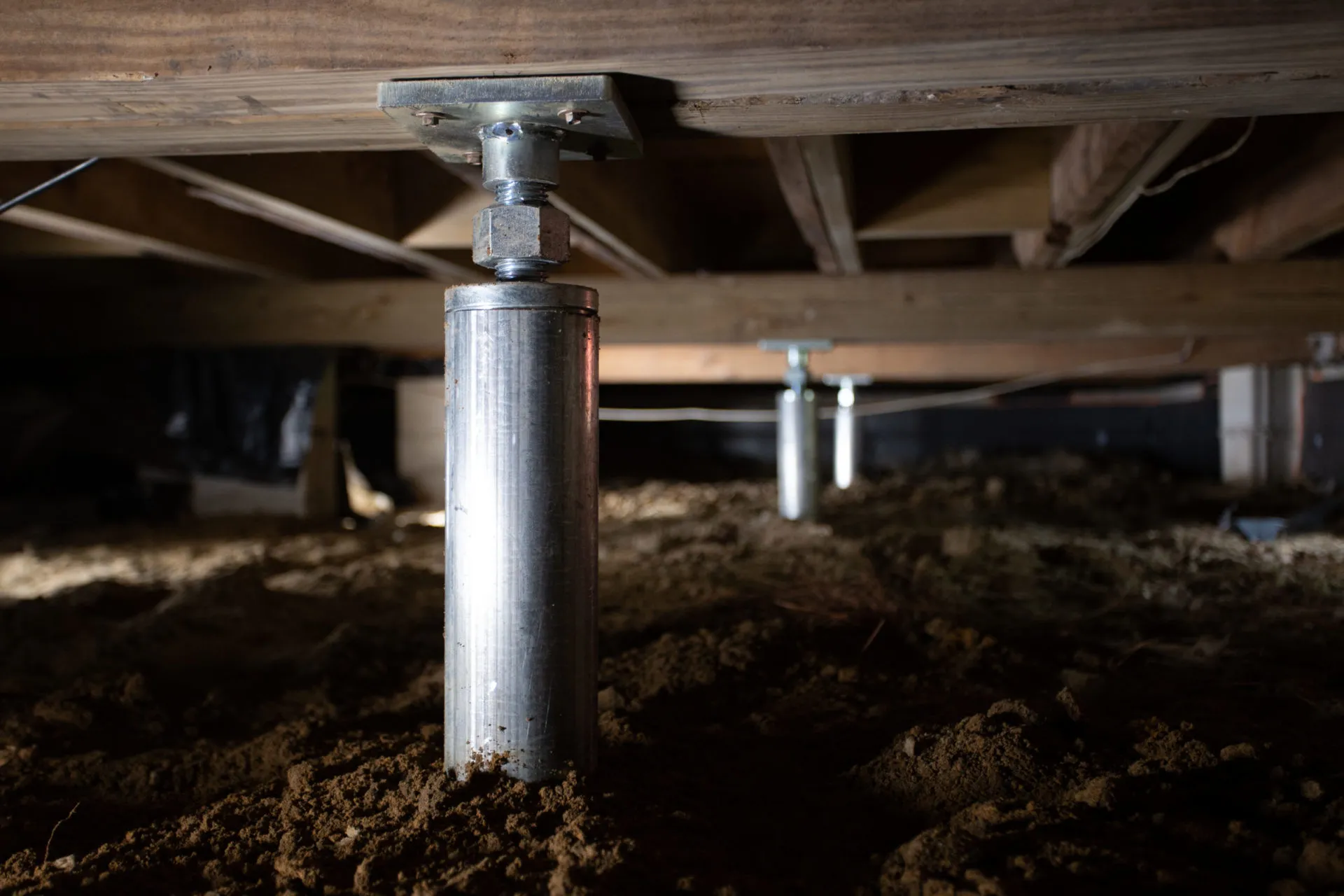
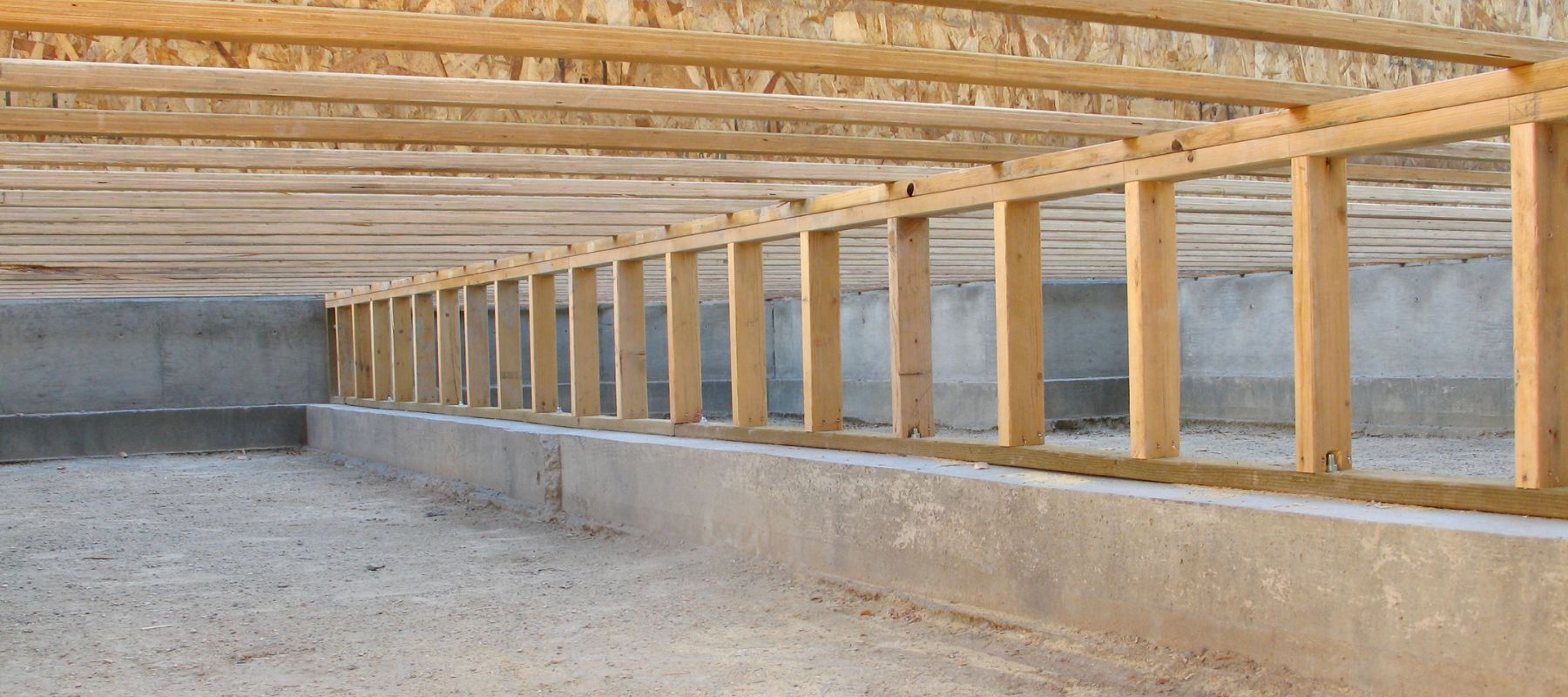
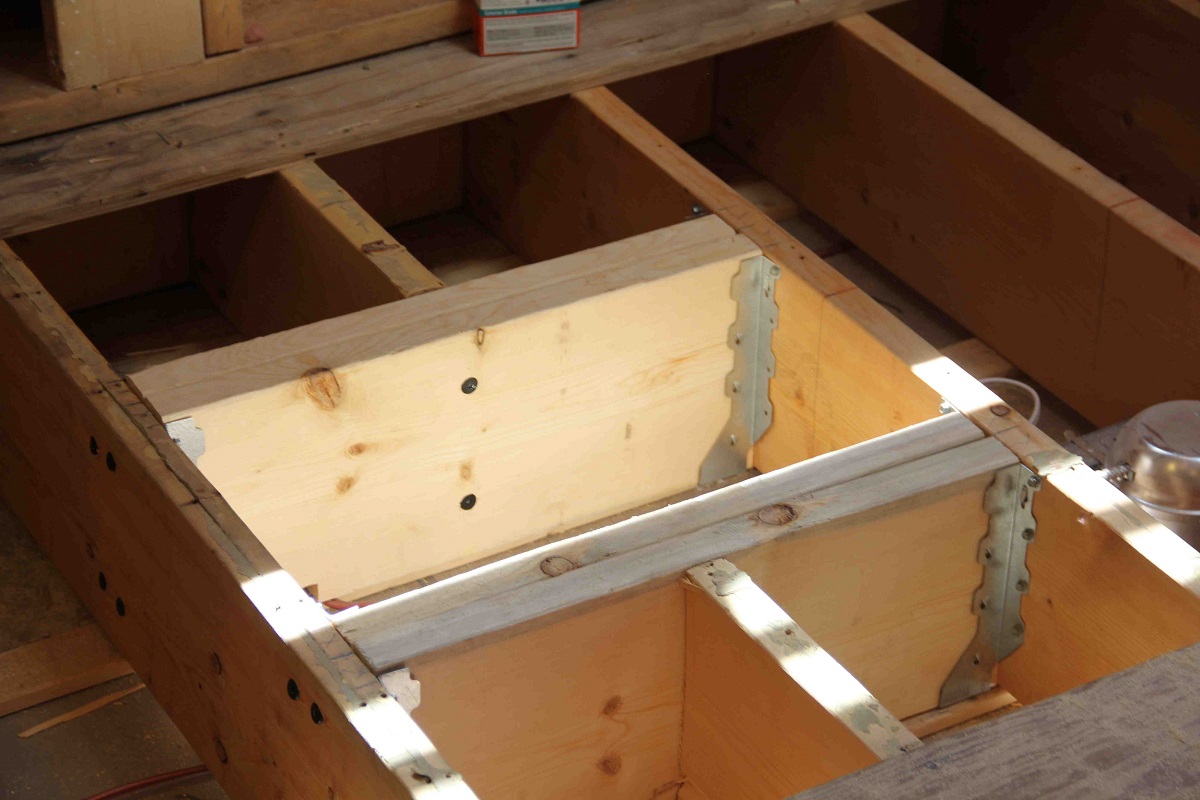
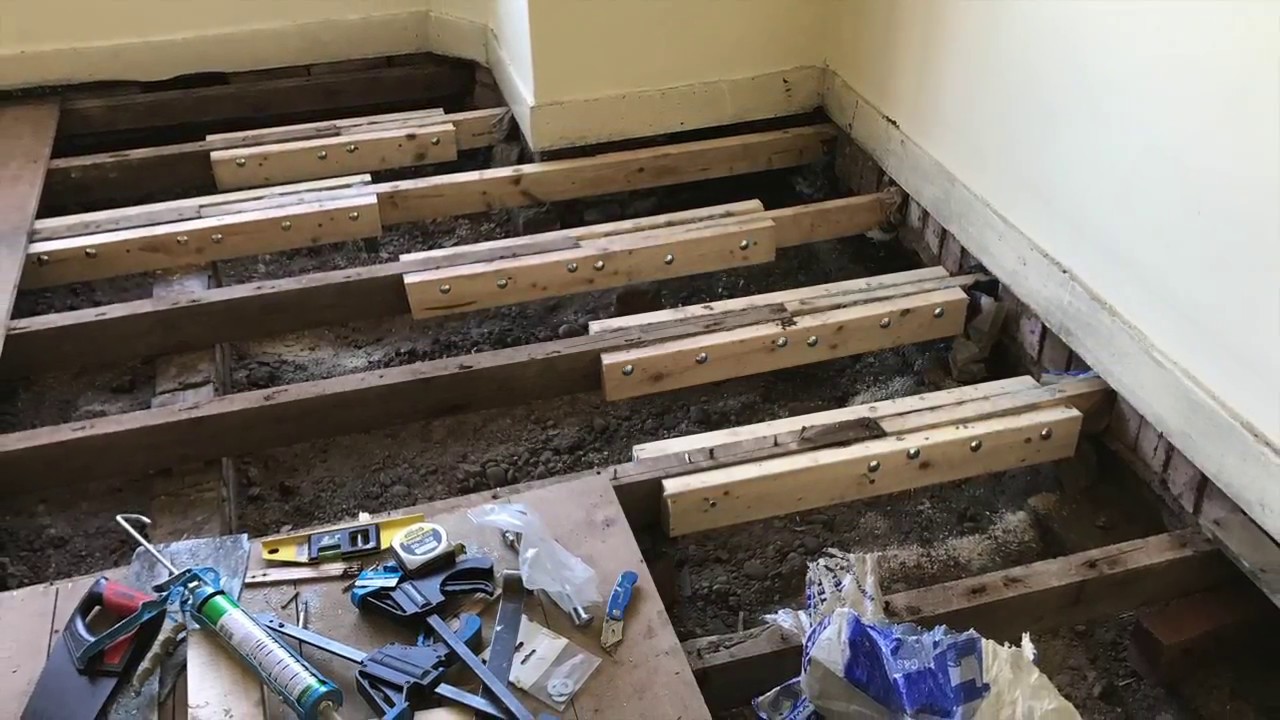
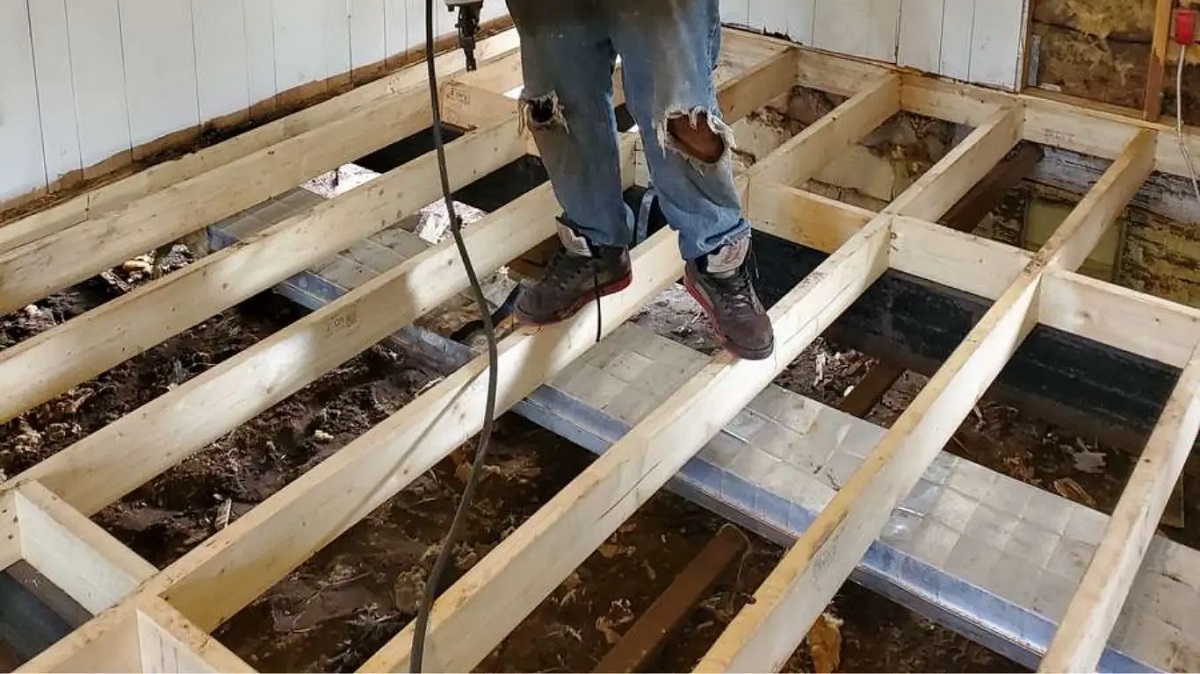
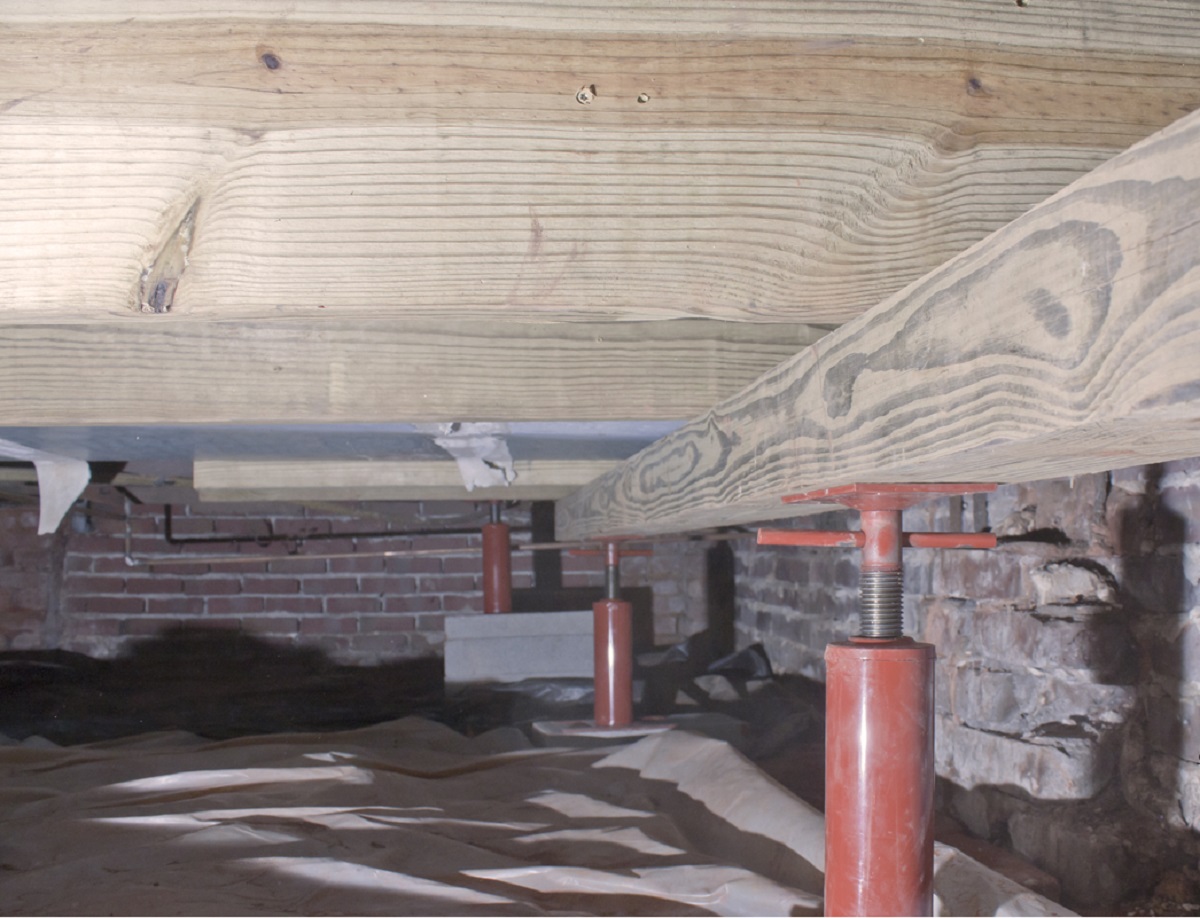
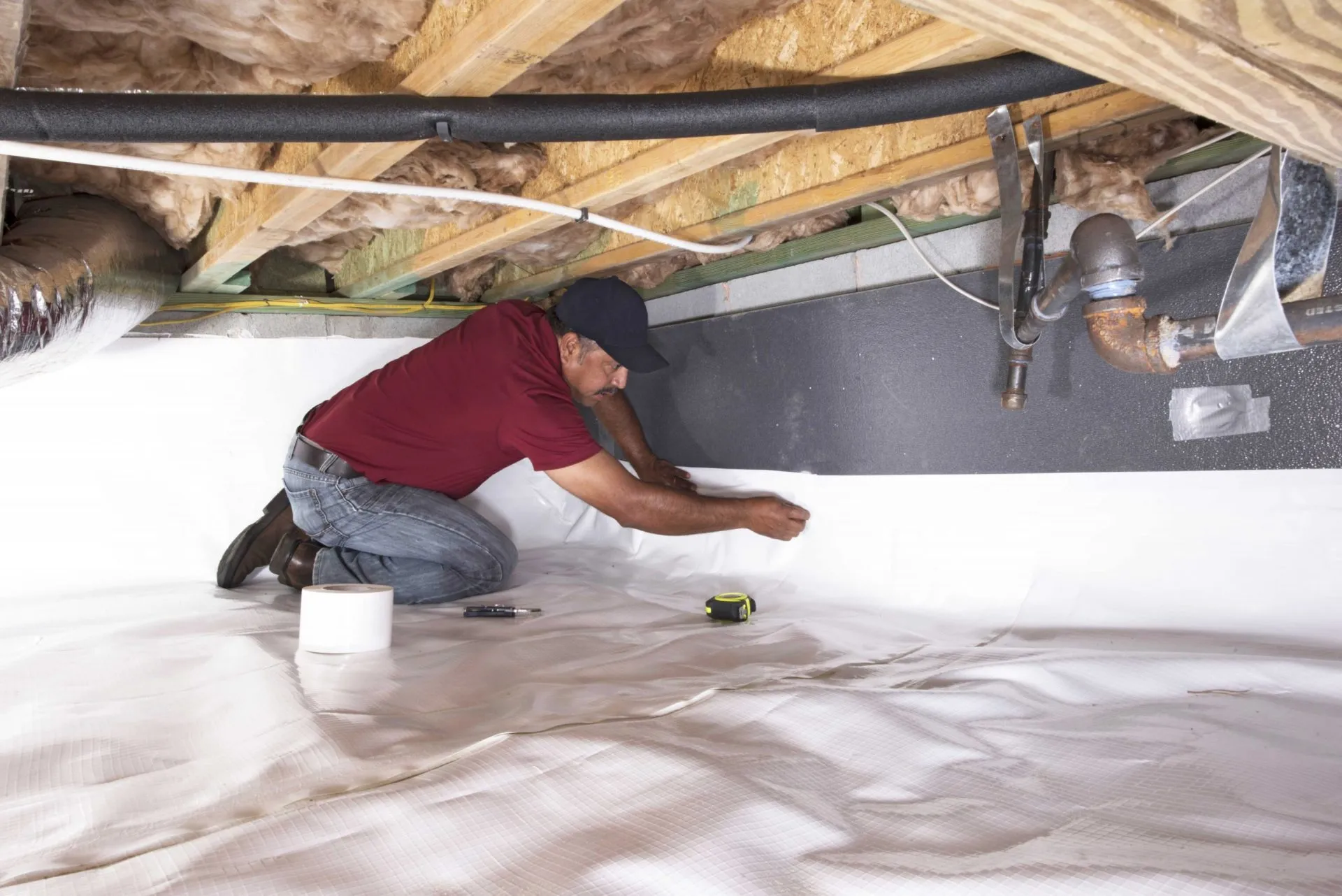
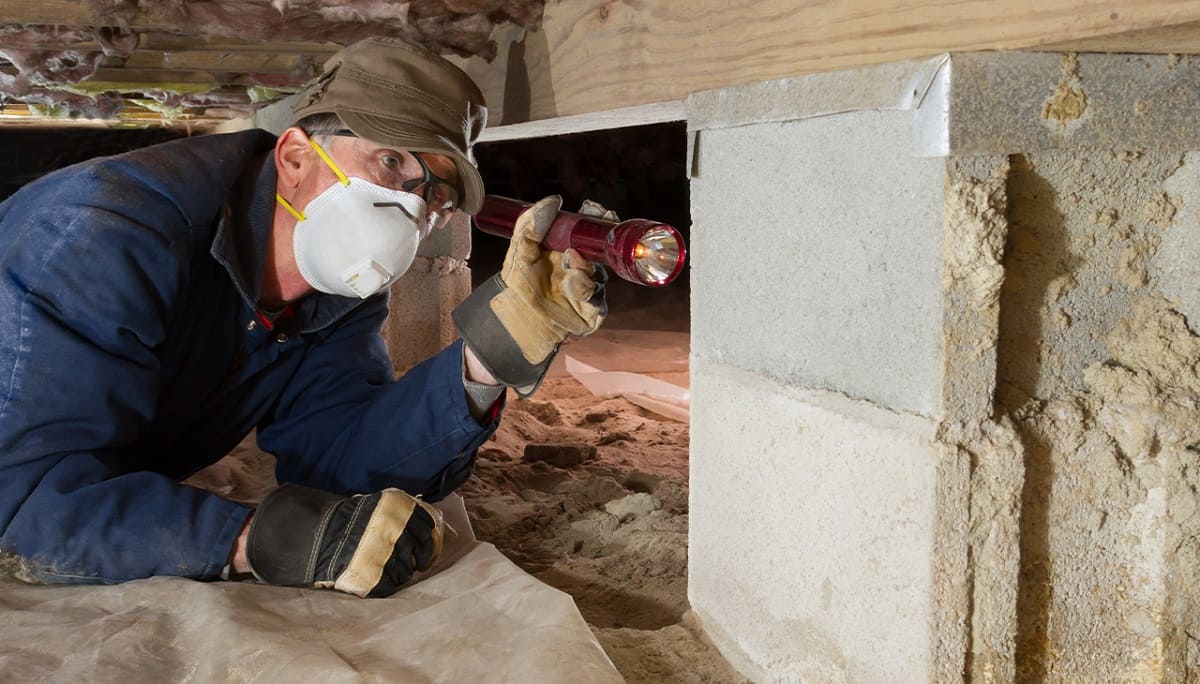
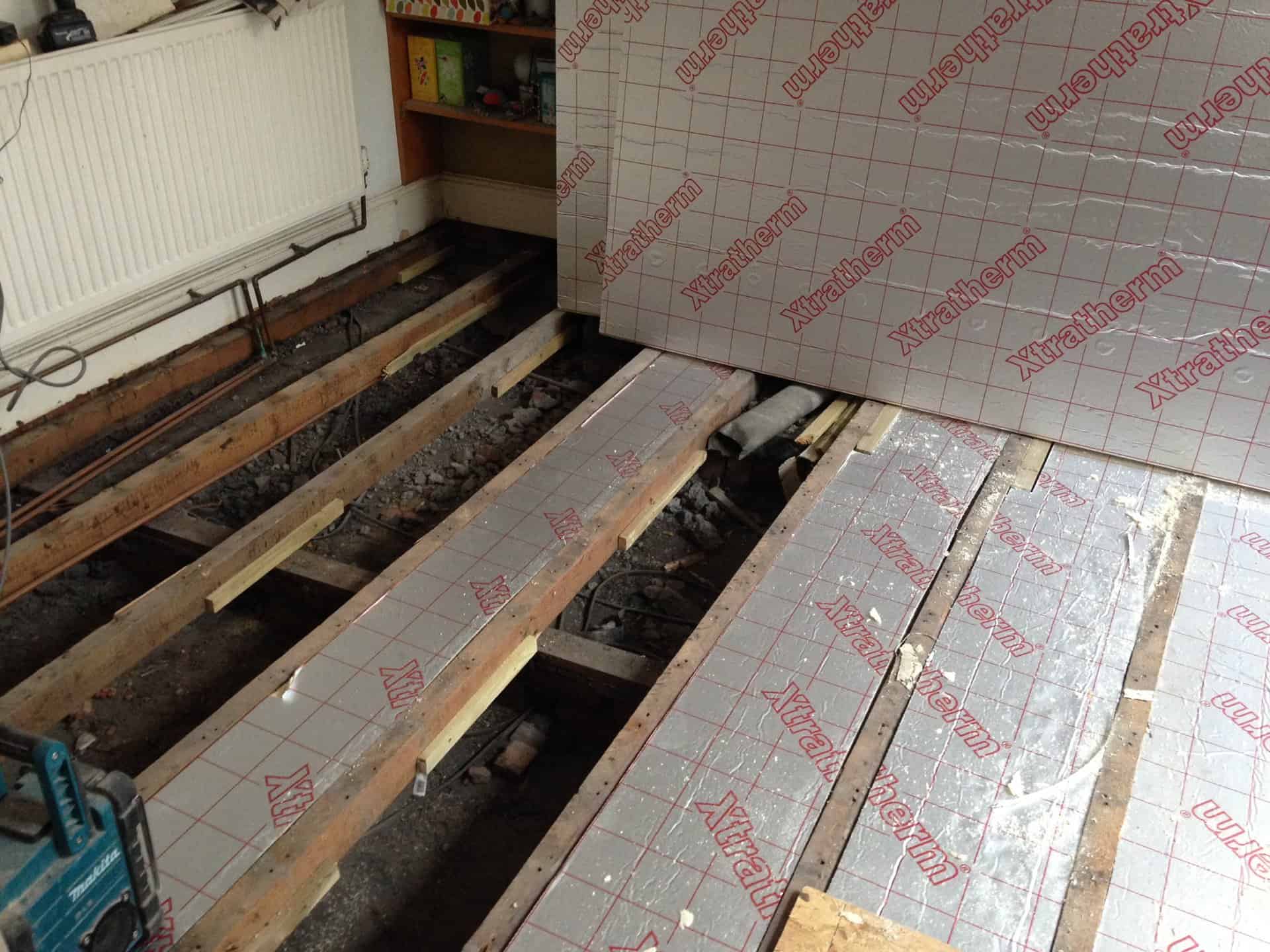
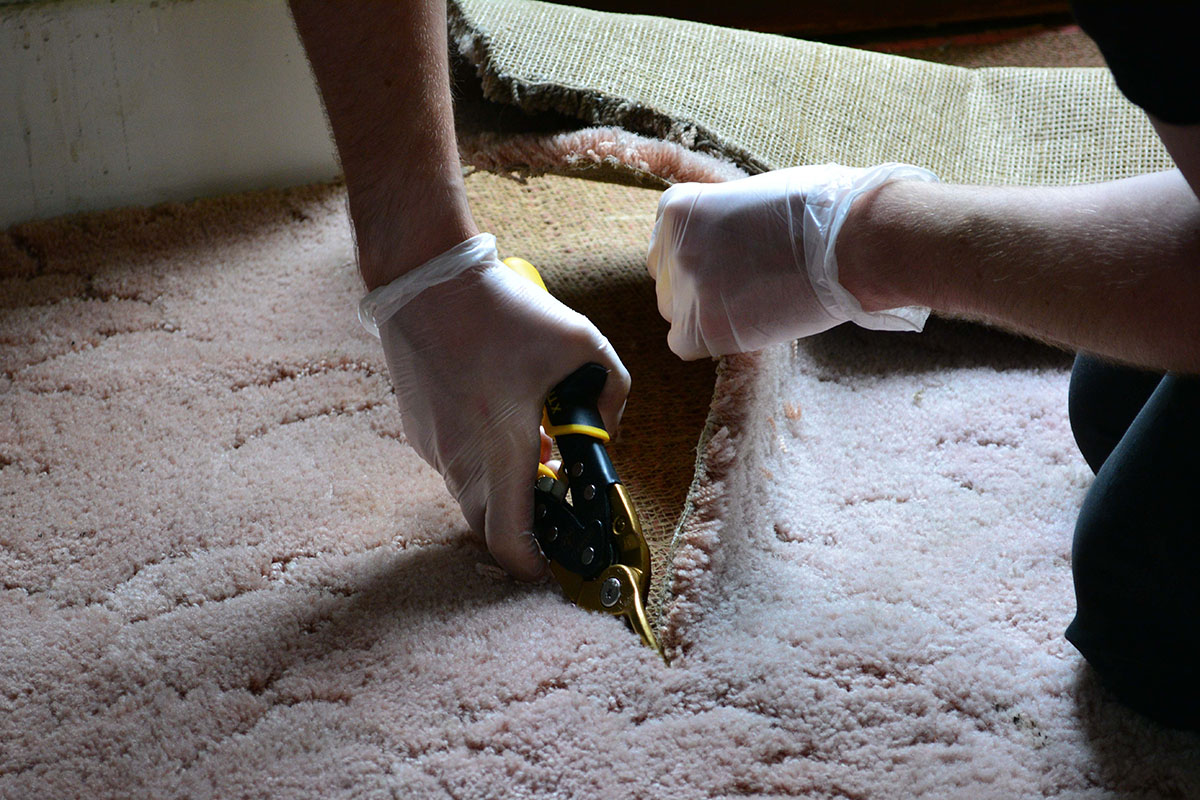
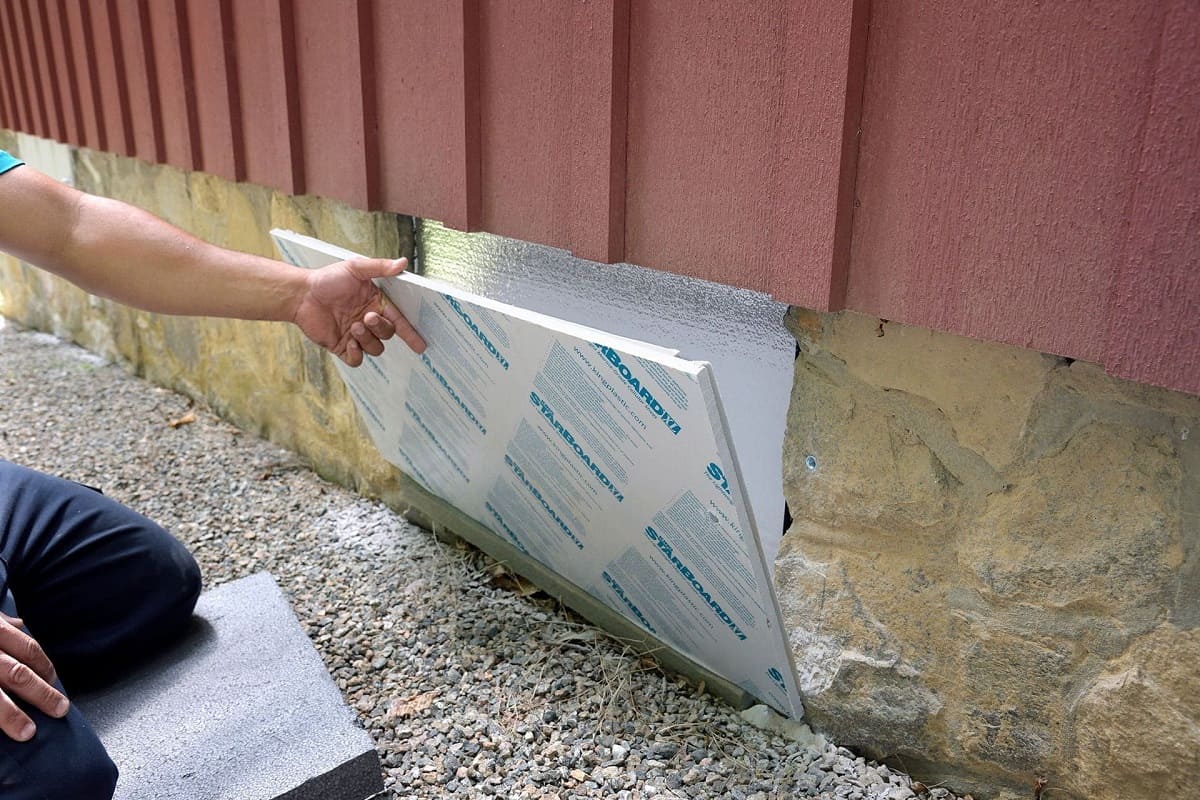
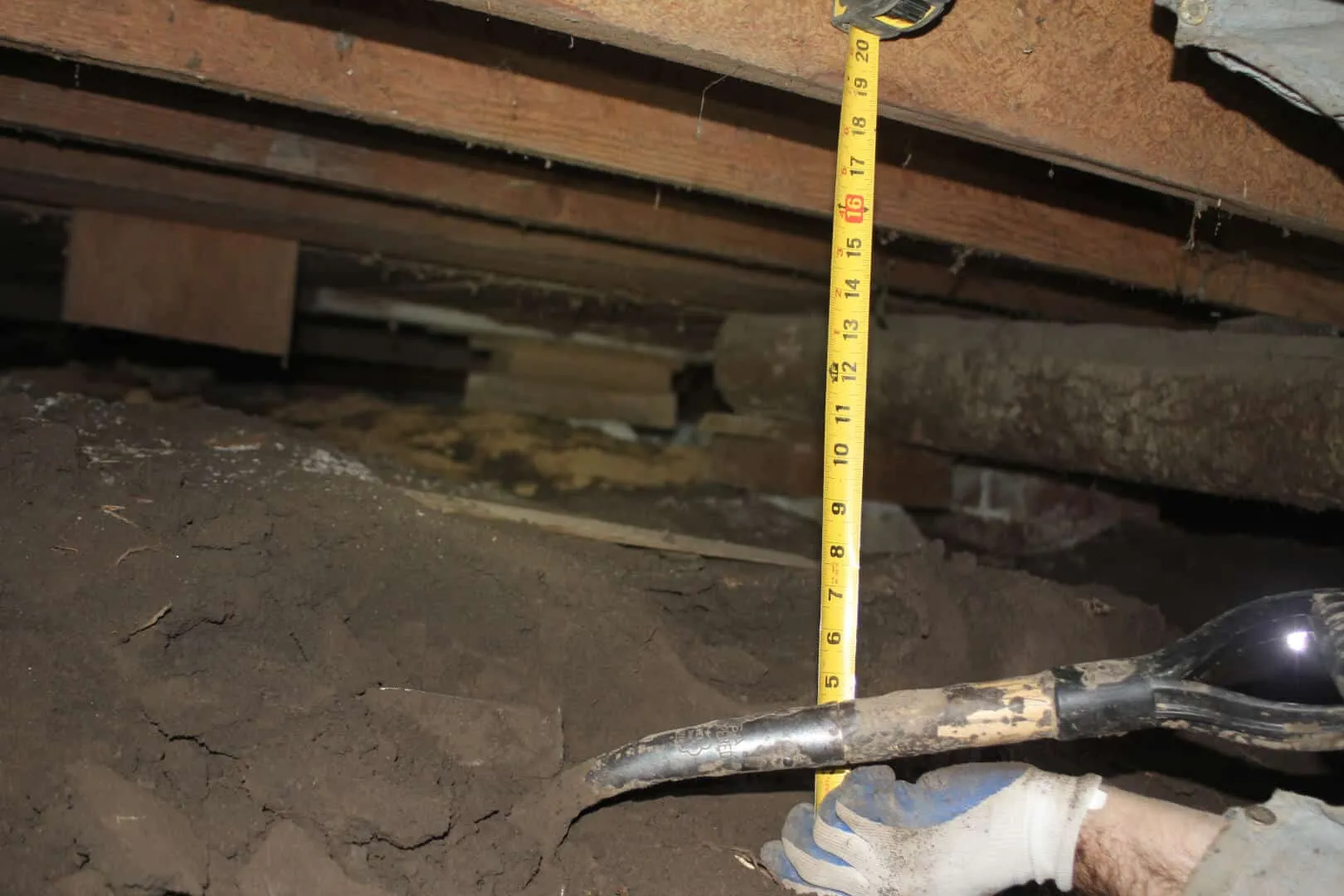
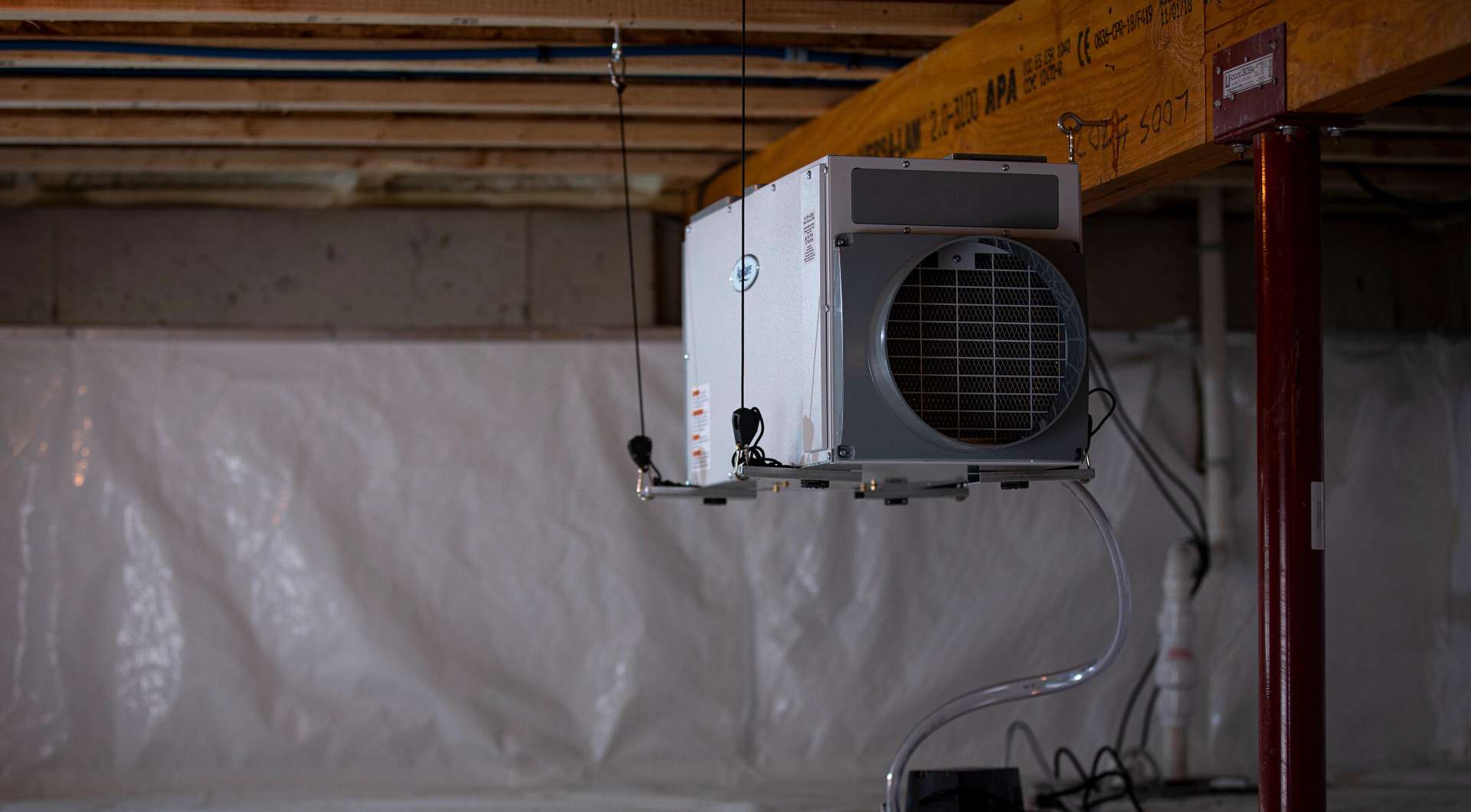
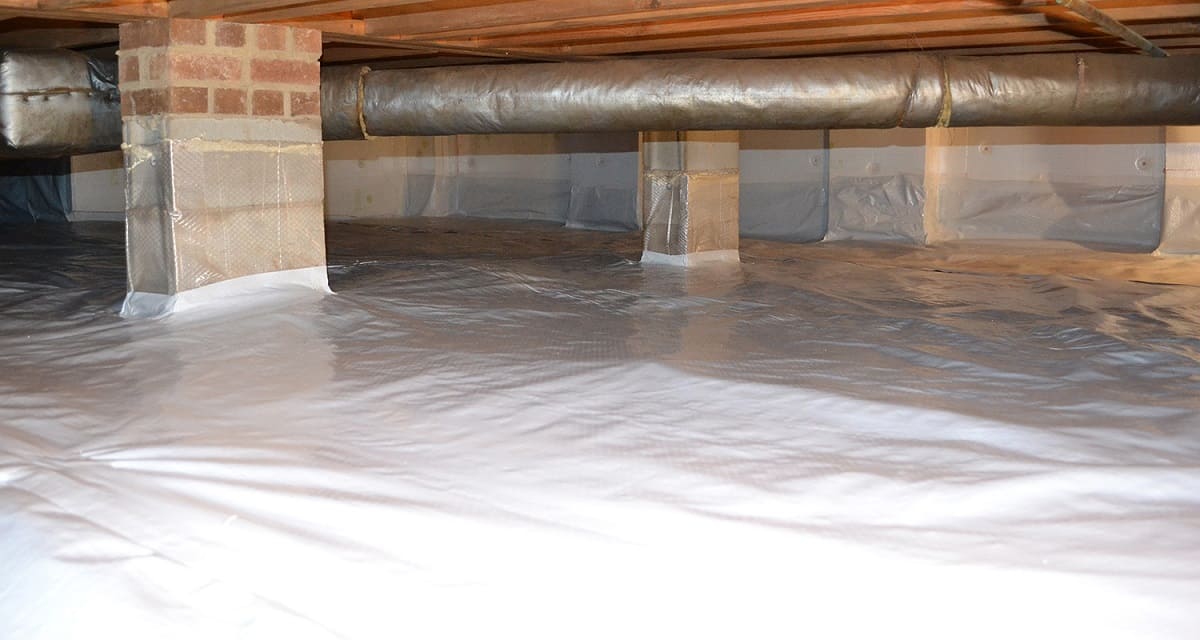

0 thoughts on “How To Support Floor Joists In A Crawl Space”